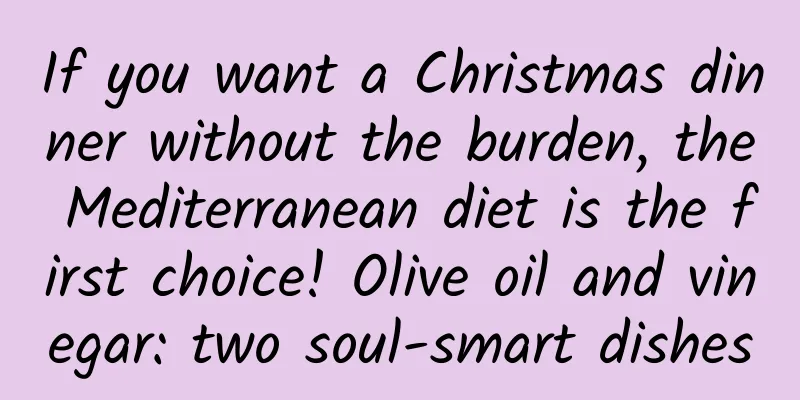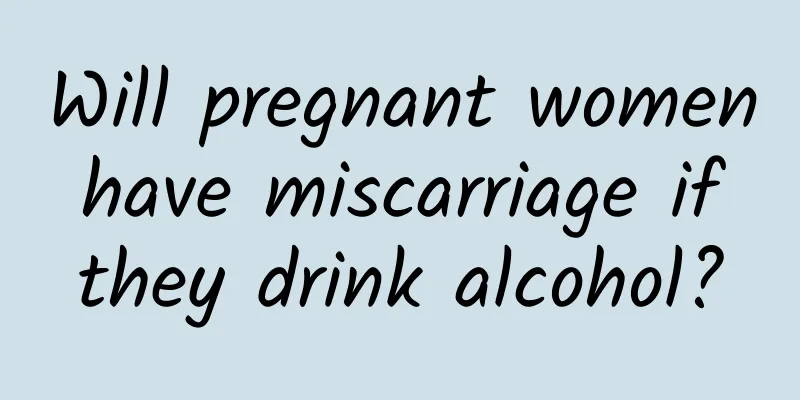Do you know the four main symptoms of ovarian cysts?

|
How much do you know about the symptoms of ovarian cysts? Because ovarian cysts are a common disease, and the symptoms of ovarian cysts are easily ignored. Therefore, it is necessary to understand and popularize the symptoms of ovarian cysts. Let us introduce the symptoms of ovarian cysts to you. The symptoms of ovarian cysts are not obvious in the early stage, and patients are often discovered during gynecological examinations. Later, as the tumor grows, patients begin to feel it, and the symptoms and signs vary depending on the nature, size, development, and presence or absence of secondary degeneration or complications of the tumor. 1. Lower abdominal distension and pain is the first symptom of ovarian cyst before the patient feels a lower abdominal mass. Due to the weight of the tumor itself and the influence of intestinal peristalsis and changes in body position, the tumor moves in the pelvic cavity, pulling on its pedicle and pelvic funnel ligament, so that the patient has a feeling of distension and falling in the lower abdomen or iliac fossa. If the tumor has no complications, there is very little pain. Therefore, when patients with ovarian tumors feel abdominal pain, especially those that occur suddenly, it is mostly caused by the torsion of the tumor pedicle, or occasionally by tumor rupture, bleeding or infection. In addition, malignant cysts often cause abdominal pain and leg pain, and the pain often causes patients to seek emergency treatment. 3. Menstrual disorders. Generally, ovarian cysts, even bilateral ovarian cysts, do not cause menstrual disorders because they do not destroy all normal ovarian tissues. Some uterine bleeding is not endocrine, but may be caused by ovarian tumors that change the pelvic blood vessels, causing endometrial congestion; or by ovarian malignant tumors that directly metastasize to the endometrium. Menstrual disorders caused by endocrine tumors are often combined with other secretory effects. 2. Increased abdominal circumference and abdominal mass are the most common symptoms of ovarian cysts. Patients notice that their clothes or belts are too tight, and they just notice that their abdomen is enlarged, or they feel it by chance in the morning, so they press their abdomen and find that there is a mass in the abdomen, plus abdominal distension and discomfort. 4. Compression symptoms are very serious among the symptoms of ovarian cysts. Huge ovarian tumors can cause dyspnea and palpitations due to compression of the diaphragm. Ovarian tumors combined with a large amount of ascites can also cause this symptom; but the dyspnea of some patients with ovarian tumors is caused by unilateral or bilateral pleural effusion, and is often combined with ascites. Huge benign ovarian cysts fill the entire abdominal cavity, increasing the intra-abdominal pressure, affecting the venous return of the lower limbs, and can cause edema of the abdominal wall and bilateral lower limbs; and malignant ovarian cysts fixed in the pelvic cavity compress the iliac veins, often causing edema of one lower limb. The pelvic and abdominal organs are compressed, and dysuria, urinary retention, urgency or difficulty in defecation occur. The above is our introduction to the symptoms of ovarian cysts. These four symptoms of ovarian cysts will help you understand ovarian cysts more clearly. We hope that when you find some of the symptoms of ovarian cysts, you will go to the hospital in time for early detection and early treatment. If you still have questions about the symptoms of ovarian cysts, please consult our online experts, who will answer your questions. Ovarian cysts http://www..com.cn/fuke/ncnn/ |
<<: What are the symptoms of ovarian cysts?
>>: Understand the main symptoms of vulvar leukoplakia
Recommend
It’s not difficult to lose weight! 8 low-calorie foods to increase satiety and help lose weight
In fact, if you eat the right foods, you don’t ne...
What should we pay attention to during the treatment of pelvic inflammatory disease?
What should we pay attention to during the treatm...
What are the dangers of menopause to women?
If you unfortunately suffer from menopausal disea...
First aid measures after ectopic pregnancy rupture
Generally, ectopic pregnancy patients will experi...
Things to note when you have uterine fibroids
What are the main precautions for uterine fibroid...
The most common symptoms of cervicitis
Among gynecological inflammatory diseases, I beli...
Does abnormal leucorrhea and irregular menstruation affect pregnancy?
Does abnormal leucorrhea and irregular menstruati...
Jolin's experience in slimming down: reducing body fat to truly lose weight
Jolin Tsai, who has transformed from baby fat in ...
Eat too much during Chinese New Year? Homemade 2 kinds of anti-edema drinks
During the Chinese New Year, people do nothing bu...
Are hormones the cause of ovarian cysts?
Although the ovaries are small in size, they are ...
Eating strawberries can help you lose weight, "this" nutrient helps burn fat! Nutritionist reveals: Eat 16 pills a day and lose weight easily
Strawberry season is here. Strawberries are a del...
What medicine can be applied to uterine fibroids? What medicine is good for uterine fibroids?
Uterine fibroids are a common benign tumor in gyn...
What are the main causes of ectopic pregnancy?
Ectopic pregnancy is also called ectopic pregnanc...
What are the hazards of severe cervical erosion? Severe cases can cause infertility
Any disease can be mild or severe, and the same i...
What kind of meat and fruit can I eat with uterine fibroids? What kind of meat and fruit can I eat with uterine fibroids?
Uterine fibroids are a common gynecological disea...









